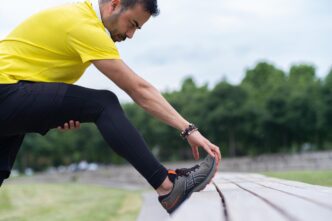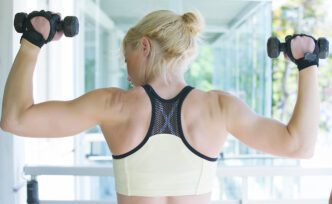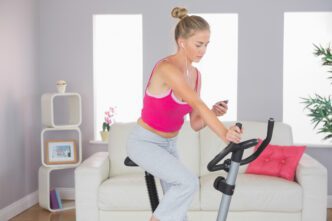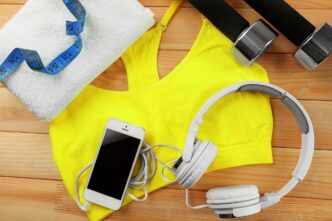A Quick Takeaway
The Story Behind the Trend
How to Make It Work for You
The Community View
For masters runners—individuals typically aged 40 and above—selecting the right footwear is paramount to sustaining performance, preventing injury, and ensuring long-term enjoyment of the sport. Cushioned running shoes are often the optimal choice for this demographic, providing crucial impact absorption that protects joints, reduces fatigue, and facilitates quicker recovery. These specialized shoes are essential for anyone looking to maintain a consistent training regimen, whether tackling daily runs, logging significant mileage, or preparing for races, by mitigating the increased physiological demands that come with age.
Why Cushioning is Crucial for Masters Runners
As runners age, the body undergoes natural changes that necessitate a shift in footwear priorities. Joint cartilage can thin, bone density may decrease, and connective tissues can lose some elasticity, making the body more susceptible to impact-related stress. Highly cushioned shoes act as a vital buffer, absorbing the forces generated with each stride and significantly reducing the load on knees, hips, and spine.
Beyond joint protection, enhanced cushioning can also improve overall running comfort and reduce muscle fatigue. This allows masters runners to maintain their desired mileage and intensity with less discomfort during and after runs, promoting consistency and adherence to their training plans. The reduction in post-run soreness can also accelerate recovery, enabling more frequent and effective training sessions.
Key Features to Prioritize
While cushioning is the primary focus, masters runners should also consider several other shoe features to ensure a perfect match for their individual needs and running style.
Stack Height and Drop
The stack height refers to the amount of material between your foot and the ground, directly correlating to the level of cushioning. A higher stack height typically means more cushioning. The heel-to-toe drop is the difference in height between the heel and the forefoot; a lower drop can encourage a more natural midfoot strike, while a higher drop can provide more cushioning under the heel, which may benefit heel strikers.
Stability vs. Neutral
Runners generally fall into categories of neutral, overpronator, or supinator. While cushioning is often associated with neutral shoes, many brands offer cushioned options with stability features to help control excessive inward rolling of the foot (pronation). Understanding your foot strike and pronation pattern is key to selecting a shoe that offers both comfort and appropriate support.
Fit and Comfort
Regardless of cushioning, the shoe must fit well. A proper fit ensures comfort, prevents blisters, and allows the foot to function optimally. Pay attention to the toe box width, heel lock, and overall snugness. Always try shoes on at the end of the day when feet are slightly swollen, and consider wearing your typical running socks.
Top Cushioned Shoe Recommendations
Several brands excel in producing highly cushioned shoes that are particularly well-suited for masters runners. These models often balance plushness with responsiveness and durability.
Hoka Clifton Series
The Hoka Clifton is a perennial favorite, renowned for its maximalist cushioning that doesn’t feel overly soft or unstable. It provides a smooth, protective ride, making it ideal for daily training, long runs, and recovery efforts. Its balanced cushioning and relatively light weight offer a forgiving experience without sacrificing responsiveness.
Brooks Glycerin Series
The Brooks Glycerin stands out for its exceptionally plush DNA LOFT cushioning, offering a luxurious feel underfoot. It’s designed for runners who prioritize maximum softness and comfort for everyday runs and high-mileage training. The Glycerin also comes in a GTS version, which incorporates subtle stability features for those who need a touch more support.
Saucony Triumph Series
Saucony’s Triumph line features PWRRUN+ cushioning, which delivers a bouncy and energetic ride while still providing ample protection. This shoe is a fantastic option for masters runners seeking a cushioned experience that also offers a bit of spring for faster paces or longer efforts. Its generous stack height and comfortable upper make it a versatile workhorse.
New Balance Fresh Foam X 1080 Series
The New Balance 1080 is a highly versatile and well-cushioned shoe that appeals to a broad range of runners. Its Fresh Foam X midsole provides a soft yet responsive feel, suitable for everything from easy jogs to tempo runs. The 1080 consistently delivers a comfortable and reliable experience, making it a staple for many masters runners.
When to Replace Your Running Shoes
Even the best-cushioned shoes have a finite lifespan. For masters runners, monitoring shoe wear is especially important as worn-out cushioning provides less protection. Most running shoes should be replaced every 300-500 miles, or roughly every 4-6 months for regular runners. Pay attention to signs like decreased cushioning feel, noticeable wear on the outsole, or new aches and pains that emerge during or after runs.
Sustaining Your Running Journey
Investing in the right pair of cushioned running shoes is a proactive step towards a more comfortable, safer, and ultimately more enjoyable running experience for masters athletes. By prioritizing impact absorption, selecting appropriate stability, and ensuring a proper fit, you can mitigate the physical demands of running and continue to chase your performance goals with confidence and longevity.








